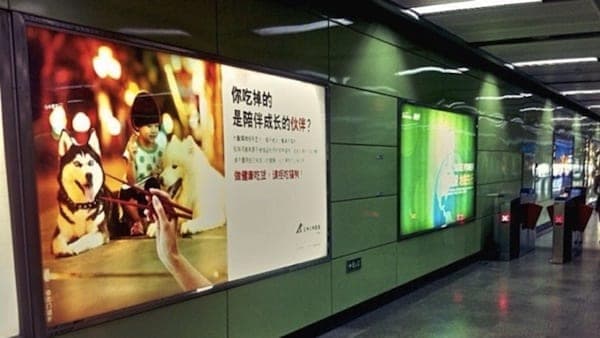Rethinking Subway Advertising in the Modern Marketing Landscape
For decades, the subway ad has been a staple in urban marketing strategies. The appeal is clear—high foot traffic, captive audiences, and premium ad placements in bustling subway stations. However, as consumer behavior evolves and marketing trends shift, the limitations of the traditional subway ad have become more pronounced. In an age dominated by digital engagement and personalized content, marketers are questioning whether subway ads still offer the ROI they once promised.
In this blog, we’ll explore the hidden drawbacks of subway ads, examine why they’re becoming less effective, and introduce smarter, more engaging alternatives that better connect with today’s consumers.
The Drawbacks of Subway Advertising
Rising Digital Distractions
The rise in smartphone usage has significantly impacted the effectiveness of the subway ad. Commuters are now more engrossed in their phones than ever before, making it harder for traditional subway ads to capture attention.
Stat Insight: A recent Pew Research Center study found that over 85% of commuters use their smartphones during transit, limiting exposure to static subway ads.
Why It Matters: With most commuters absorbed in their devices, even the most creative subway ad struggles to break through the digital noise.
 Ad Fatigue and Visual Clutter
Ad Fatigue and Visual Clutter
Subway stations are often saturated with a mix of posters, billboards, and digital displays. This overwhelming visual environment can lead to ad fatigue, where commuters simply tune out advertisements.
The Problem: The abundance of competing visuals makes it difficult for any single subway ad to stand out.
Impact on Brands:



 Ad Fatigue and Visual Clutter
Ad Fatigue and Visual Clutter



